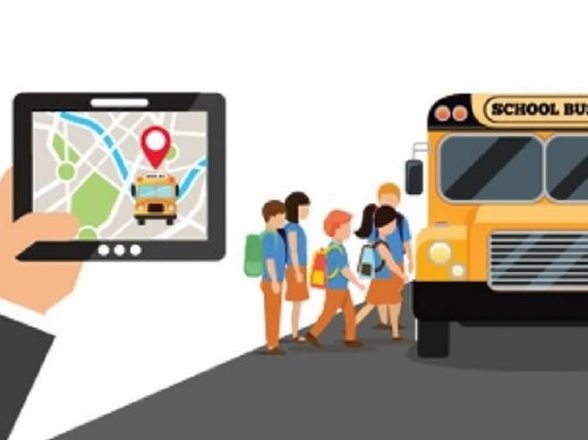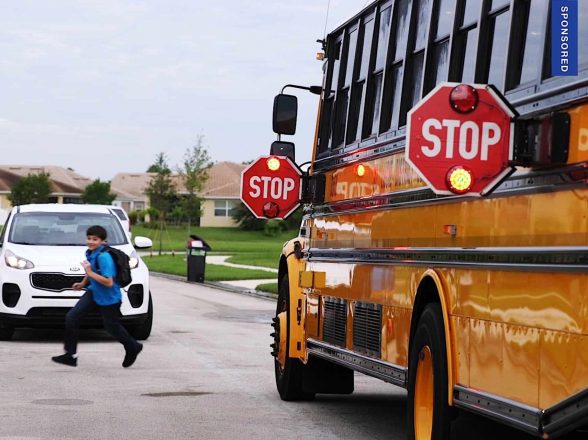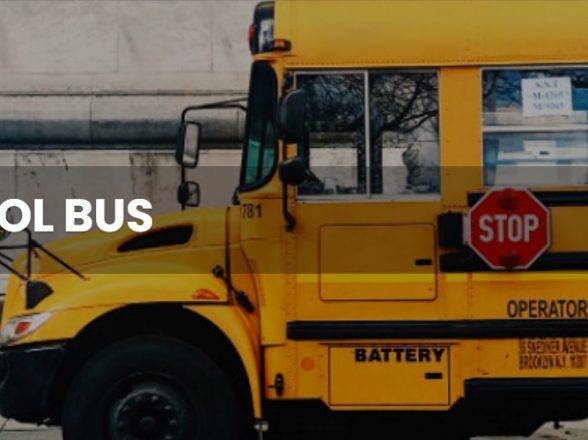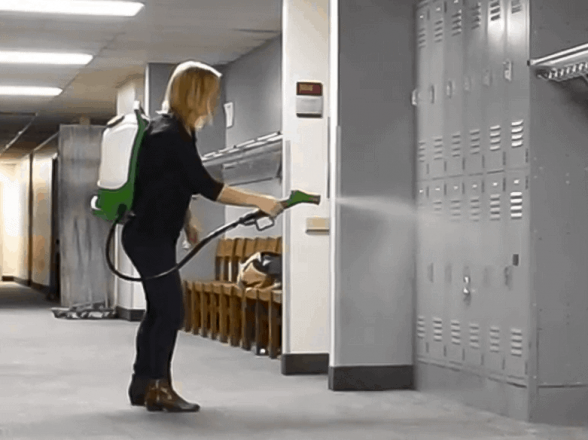Poll: 1 in 3 Parents Concerned About Children Getting to School Safely

A national sample of parents with elementary schoolchildren reported that 31 percent worry about safe passage to and from school, according to a study released by University of Michigan Health.
The National Poll on Children’s Health published by the C.S. Mott Children’s Hospital found that 48 percent of parents said their children walk through an area consisting of passenger vehicles picking up or dropping off students, with 28 percent saying they think it is likely a child will get hurt near the car or bus drop-off area.
Meanwhile, 81 percent of the parents reported that the area is always supervised by a school official or safety officer, 69 percent rated the oversight as good.
Over a quarter of parents, 26 percent, said their child walks through a school bus drop-off or pick-up area to get to or from the school building. Nearly two-thirds of these parents said supervision around the school bus loading and unloading area is good.
The most often cited concern about child safety in school pick-up and drop-off areas was drivers not paying attention at 37 percent of responses, followed closely by speeding at 34 percent. Parents also cited children not remaining on sidewalks (29 percent) and school bus drivers not paying attention (24 percent). The poll also found that 26 percent of parents are concerned with other parents parking in no-parking areas or dropping off their children in the wrong location.
Nearly all parents (94 percent) said they feel that school officials should take action when parents do not follow traffic rules near the school. Two-thirds of parents (66 percent) said they think the school should place cones, gates or other barriers to better direct traffic flow. Meanwhile, 61 percent of the parents said law enforcement should give warnings to parents who do not follow traffic rules, and 58 percent said tickets should be issued. Additionally, 29 percent of parents said they believe the school should suspend or ban certain parents from entering the school parking area if they do not follow traffic rules.
The poll cautioned, however, that banning or suspending parents who repeatedly violate safety procedure from driving onto school grounds might lead to them choosing a more dangerous option for their children, such as dropping them off on a busy road outside of the campus.
“It is clear from this poll that parents want school officials to be more proactive in addressing school traffic problems,” the study found. “Most parents support efforts to clearly mark and direct the traffic flow using cones, gates or other barriers. They want school officials outside at the beginning and end of the school day, making sure parents and bus drivers are following the safety rules. Some schools have law enforcement officers onsite to enforce speed limits and other traffic regulations.”
The Mott Poll found that only 1 in 10 children of the responding parents walk, ride a bike or ride a scooter to school. The report concluded that encouraging more of these activities can help schools decrease traffic congestion while also providing daily exercise for children that can increase their self-confidence. It also noted that some parents don’t allow their children to walk or ride a bike or scooter, citing safety concerns. But the report suggested schools can better inform parents about the location of crosswalks and bike lanes as well as work with city officials and the PTA to place crossing guards at busy intersections.
Earlier this month, AAA noted that vehicle crashes are the leading cause of death for children and adolescents, and nearly one-third of child pedestrian fatalities occurring during the afternoon and evening school commute time of 3 p.m. to 7 p.m.
AAA also reminded motorists to be on the lookout for school buses and to come to a complete stop in both directions when approaching a school bus with its red lights flashing and stop arm extended, except when approaching from the opposite direction and the roadway is separated by a physical median.







